SERIES REVIEW – The Prince of Transylvania is not just a historical series, but an emotional, passion-generating journey into the era of power struggles in Transylvania. The character-centered narrative, based on Zsigmond Móricz’s novel of the same name from 1921, the erotic scenes and the deep historical roots create an environment that immediately captivates the viewer. The acting is refined, but the story line was slow and a bit boring in the first two parts, but the events speed up in the following parts, creating the basis for an exciting and tumultuous journey into the past. We saw the first two parts of the series last fall at the Corvin cinema as part of a press event, and now we watched the entire series that was recently uploaded to Netflix.
In the The Prince of Transylvania series, history and fiction go hand in hand, in which the characters of the past are brought back to life by the actors, who faithfully bring the past back to their assigned roles. The conflicts that slowly emerge between Báthory and Bethlen revealed the struggle between the desire for power and emotions. The series takes us to an age in which political and – often cruel – human games play an important role in gaining and maintaining positions of power. The Fairy Garden is also an interesting and relatively faithful impression of a defining era of the Principality of Transylvania and Hungarian history, where historical events and personal relationships together shape the course of events.
A cavalcade of passions
The first two episodes of The Prince of Transylvania reveal early on the complex human relationships and emotions between the characters, which go far beyond physical attraction. Although the erotic scenes are boldly and openly depicted and there are a lot of them compared to two parts, they dig deeper than just the satisfaction of physical desires. These scenes show what passions and emotions may have boiled beneath the surface in this messy period full of political intrigues and power struggles. The chemistry between the characters is felt not only between the male and female characters, but also between the rival male characters, where the struggle for power creates personal antagonisms and jealousy.
The emotional bonds and conflicts between the characters play an important role in the progress of the story. Attraction, jealousy, loyalty, and betrayal are emotions that shape both the dynamics between the characters and the overall direction of the story. The director tries to carefully dose the sensual scenes in the middle of the story, but still so much goes into these two parts that they distract a little from the main thread of the story and somewhat exaggerate the otherwise high-quality erotica. If we want to draw a parallel between Game of Thrones, which is also not too restrained in this regard, and this series, then there was already more sex in the first two episodes than in the entire first season of Game of Thrones.
However, the attractions and contrasts between male and female characters are not limited to physical attraction, but also extend to power dynamics and the socio-cultural norms of the historical era. The female characters are not only sources of sensual attraction, but also important players in the political and social events that shape the fate of Transylvania and the Hungarian nobility in this turbulent period. The acting, character development, and direction all create an environment that allows the viewer to successfully immerse themselves in the complex and emotional world of The Prince of Transylvania.
Transylvania’s turbulent years: battles for power and hearts
The Prince of Transylvania is not only a series based on historical foundations, but also a deep human drama, which reveals a period of political and social turmoil in Transylvania. The story captivates the viewer, presenting the difficulties and challenges that the characters have to face, both in terms of power struggles and in their personal lives. For example, the initial deep friendship and alliance between Gábor Báthory and Gábor Bethlen, followed by an ever-deepening rivalry between them, sets off a series of complex power and emotional struggles that affect not only their relationship but the entire political structure of Transylvania.
The series also skilfully presented the complexity and consequences of power and the politics of the era at a time when the fate of Transylvania was still in flux. The rivalry between the characters, especially Gábor Báthory and Gábor Bethlen, is the color of political and emotional conflicts. The directing, character development, and storytelling all contribute to the viewer’s deeper understanding of the complexity of the political games and human conflicts of the time.
The first two episodes lacked fencing scenes, battles, and serious confrontations, and in fact, the later confrontations were not as grandiose as those seen in other Netflix series, such as The Last Kingdom. Although we can witness bloody massacres and atrocities, for example in the very first episode, where henchmen connected to Báthory slaughter innocents (because he cannot control them, this happened against Báthory’s will), the action scenes or bloody clashes only occur in the second half of the series are typical. True, the focus of the series was much more on human relationships and emotions than on action, and overall it worked well. However, no one should expect a “Hungarian Game of Thrones” in this area.
“There is more, shall I say more?”
The Prince of Transylvania outlined a past that still affects Transylvania and Hungary today. The presentation of historical events and characters helps to understand what events shaped the common past of Transylvania and Hungary. The combination of historical fidelity and creative freedom allows the viewer to see this past from a different perspective while enjoying the twists and turns of the story and getting a glimpse into the fate of the well-developed characters.
The Prince of Transylvania had a difficult start, but later the events started and quite skillfully presented a deep and complex story from this historical period. The first two parts, despite the somewhat slow story-telling and stagnant plot in some places, were able to create a foundation on which the later episodes were able to pick up the pace much more skillfully, with excellent character development, interesting and bloody conflicts, passionate heroes and anti-heroes, evil, and tragic fates. Those who were interested in the series, but missed it until now – because they no longer watch it traditionally – can now watch the entire series on Netflix.
-Gergely Herpai (BadSector)-
The Prince of Transylvania: The Age of Temptations
Direction - 8.4
Actors - 7.6
Story - 8.2
Visuals/Music/Sounds/Action - 7.6
Ambience - 8.1
8
EXCELLENT
Fairy Garden entices viewers with a rich historical backdrop and emotionally charged narrative, spotlighting the complexity of power struggles and personal relationships. Despite the bold portrayal of eroticism, the lack of action scenes and slow pace of the plot in the initial episodes dampen the excitement factor. The series’ initial steps are promising, with future episodes expected to place greater emphasis on power struggles and confrontations to provide a fuller picture of Transylvania's tumultuous era.

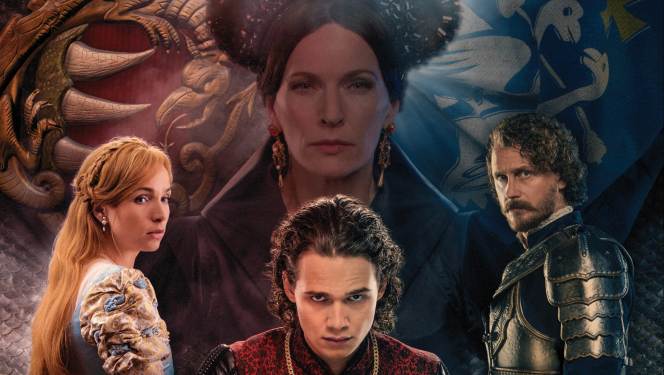
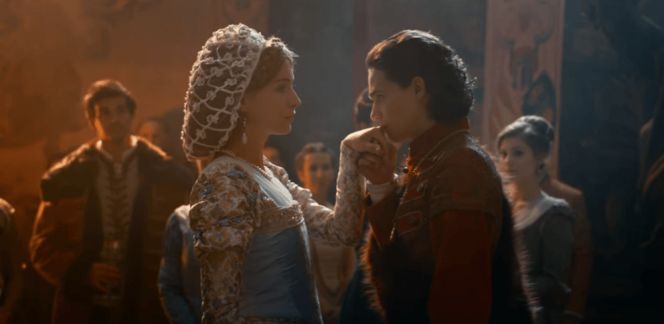
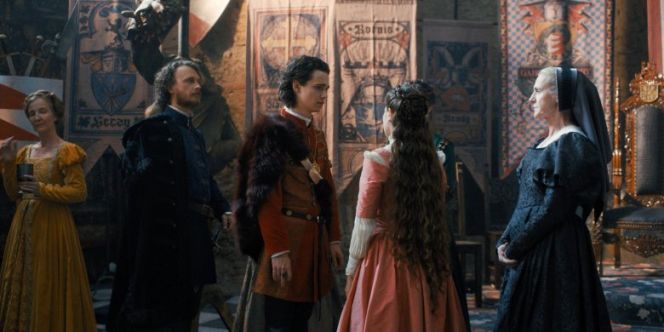
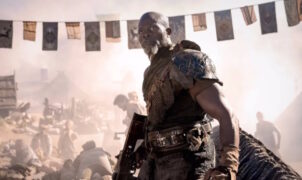

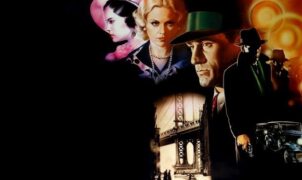
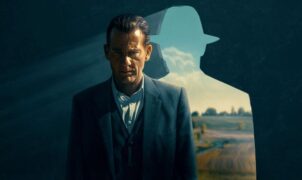
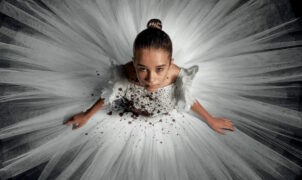

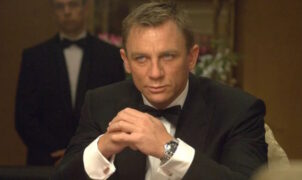
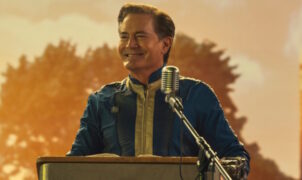
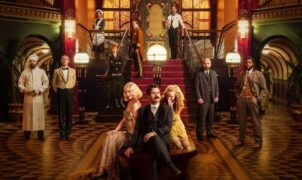
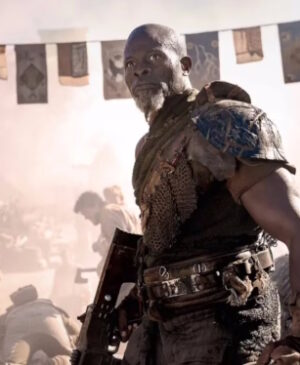

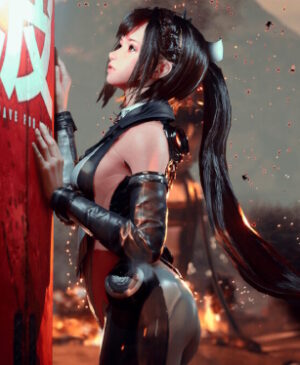
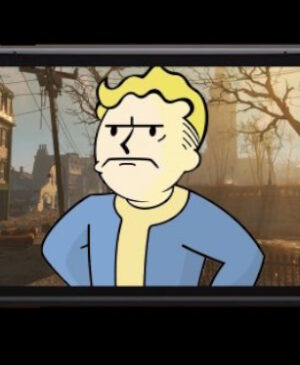
Leave a Reply